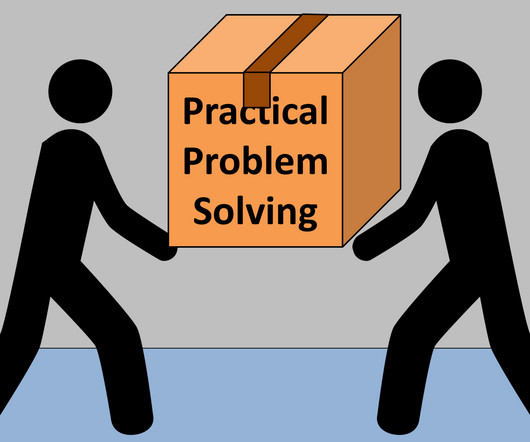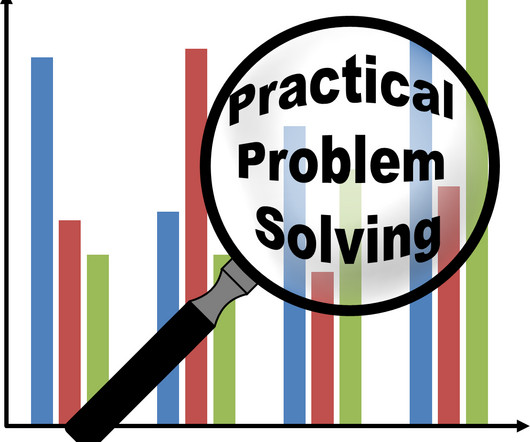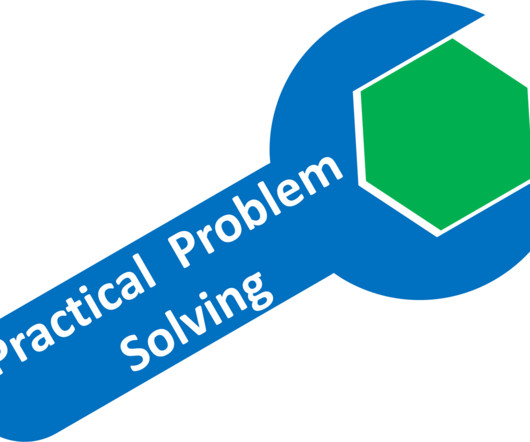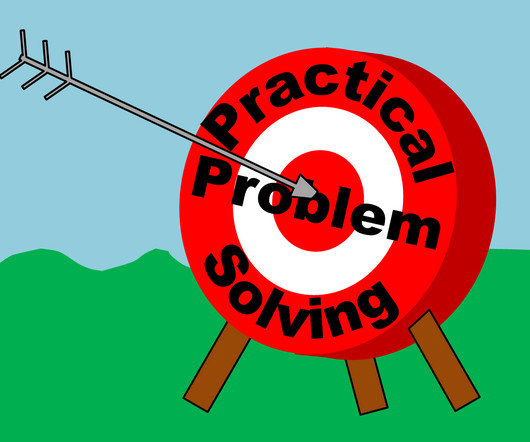Toyota Practical Problem Solving (PPS)—Monitor and Share
Christopher Roser
DECEMBER 26, 2023
This post of my series on Practical Problem Solving (PPS) looks at what to do after you have done the “Do” part of PDCA. Yes, that’s right, after implementing the solutions you are not done yet. You need to monitor the outcome to see whether it has actually achieved the target you set much earlier.
















Let's personalize your content